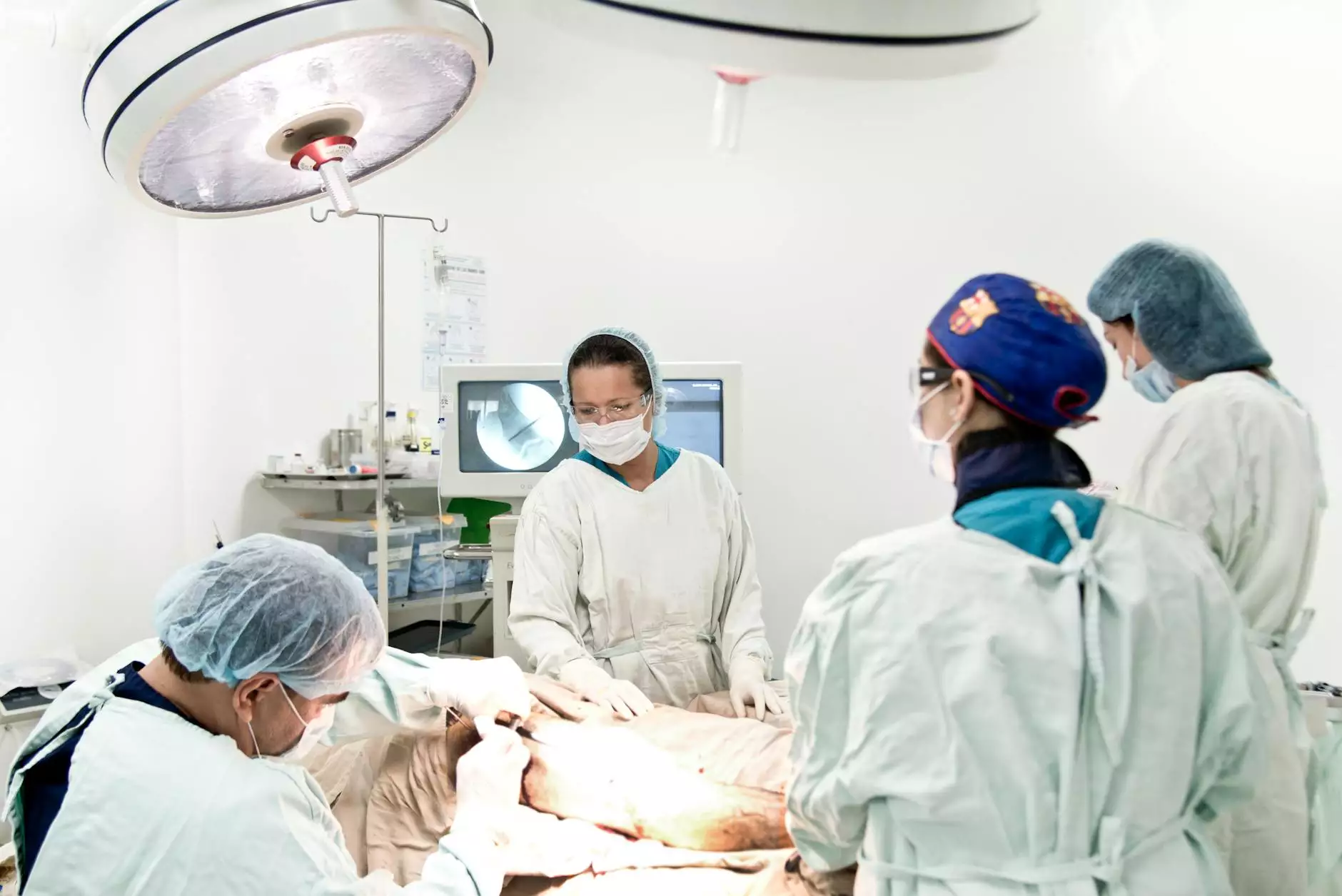Understanding Stents: A Comprehensive Guide for Patients and Healthcare Professionals

In the realm of modern medical treatments, stents play a significant role in providing relief and improving the quality of life for countless patients suffering from cardiovascular diseases and structural abnormalities. This article delves into the nature of stents, their application in healthcare, and the critical considerations that healthcare professionals and patients must keep in mind.
What is a Stent?
A stent is a small, expandable tube that is inserted into a blocked or narrowed artery to help keep it open, ensuring optimal blood flow. These devices are primarily made from materials such as stainless steel, cobalt-chromium, or a polymer, and they come in various sizes and shapes to accommodate different medical needs.
Types of Stents
Understanding the different types of stents is essential for both patients and healthcare providers. Here are the main categories:
- Bare-metal stents (BMS): These are the original type of stents, which provide structural support to keep arteries open but do not have any drug-eluting properties.
- Drug-eluting stents (DES): Coated with medication that is gradually released to prevent scar tissue formation, these stents significantly reduce the risk of restenosis (the re-narrowing of the artery).
- Bioresorbable stents: A newer innovation, these stents are designed to dissolve in the body over time, potentially reducing long-term complications associated with permanent implants.
- Covered stents: Featuring a membrane over the stent, these are used to seal off leaking blood vessels or to support structures at risk of rupture.
How Stents Are Used in Medical Treatment
The implementation of stents occurs in a variety of medical scenarios. The following are common uses:
- Coronary artery disease: In patients with narrowed coronary arteries, stents help reinstate proper blood flow to the heart muscle, alleviating symptoms like chest pain.
- Peripheral artery disease: Stenting can be performed in the femoral or other peripheral arteries to enhance blood flow to the legs and prevent complications.
- Aneurysms: In some cases, stents are used to support weakened blood vessels that are prone to aneurysms.
- Renal artery stenosis: Stenting can open narrowed renal arteries, ensuring adequate blood flow to the kidneys.
Benefits of Stent Placement
The decision to use a stent in a medical procedure carries numerous benefits:
- Minimally invasive procedure: The placement of a stent is usually performed via catheterization, reducing the need for open surgery and minimizing recovery time.
- Quick recovery: Most patients experience a swift recovery, often returning to normal activities within a few days.
- Significant symptom relief: Stents can alleviate painful symptoms and prevent serious complications from artery blockages.
- Improved survival rates: Effective treatment of narrowing or blockage can lead to improved life expectancy for patients with cardiovascular diseases.
Risks and Considerations
While stents are beneficial, they are not without risks. Healthcare professionals and patients must consider the following:
- Restenosis: Although drug-eluting stents reduce the risk of restenosis, there is still a chance that the artery may narrow again.
- Blood clots: Patients must take antiplatelet medication post-procedure to minimize the risk of blood clots forming on the stent.
- Infection: As with any medical procedure, there is a risk of infection at the site of catheter insertion.
- Allergic reactions: Some patients may be allergic to the materials used in the stent or the medications applied.
The Role of Healthcare Professionals
The successful placement of a stent relies heavily on healthcare professionals, particularly interventional cardiologists and vascular surgeons. Their expertise is crucial in diagnosing the need for stenting, choosing the appropriate stent type, and ensuring optimal outcomes during and after the procedure. Regular follow-up visits are also essential for monitoring recovery and managing any potential complications.
Living with a Stent: Patient Aftercare
After stent placement, patients must adhere to specific aftercare protocols to maximize the benefits and minimize risks:
- Medication adherence: Patients are often prescribed antiplatelet medications. Following the prescribed medication regimen is vital for preventing clot formation.
- Regular check-ups: Scheduled follow-ups with the healthcare provider are important for monitoring heart health and the stent's functionality.
- Healthy lifestyle changes: Patients should engage in lifestyle modifications, including a balanced diet, regular exercise, and quitting smoking, to support cardiovascular health.
Advancements in Stent Technology
The field of cardiovascular medicine and technologies involving stents is dynamic and continually evolving. Innovations are focused on improving patient outcomes, reducing risks, and enhancing stent performance. Some notable advancements include:
- Improved stent materials: Research into better biocompatible materials allows for thinner, more flexible stents that minimize vessel damage during placement.
- Enhanced delivery systems: New catheter designs and delivery mechanisms help position stents accurately within the vascular system.
- Combination therapies: The integration of drug therapies with stent technology aims to further reduce the likelihood of restenosis and improve healing.
Conclusion
In conclusion, stents are remarkable devices that have revolutionized the treatment of vascular diseases. Their ability to restore blood flow with minimal invasiveness has made them a crucial tool in modern medicine. As research and technology progress, the future holds even more promise for patients requiring this essential intervention. Education on the part of both patients and healthcare professionals will continue to be vital in maximizing the benefits of stenting while mitigating associated risks.
For more information on stents and their applications in healthcare, visit sukruakyuz.com.









